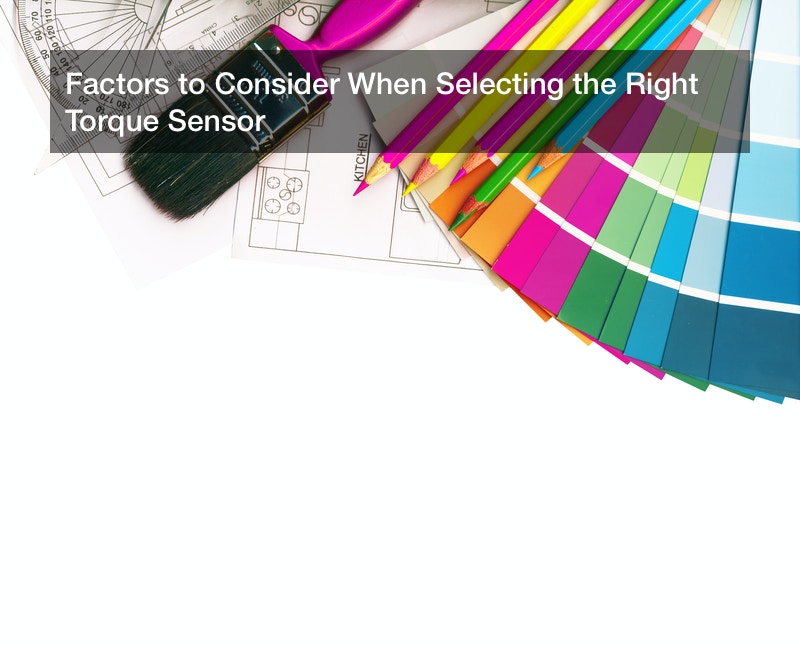Factors to Consider When Selecting the Right Torque Sensor


Technicians working in manufacturing companies with rotating machines come across rotating forces daily. The circular force, commonly known as torque, needs to be measured using torque measurement products to come up with an equation that will generate the required force.
To come up with optimum force, torque sensors and torque analyzers are used. However, not every person is equipped with sufficient technical knowledge to buy a measurement sensor. This article highlights some of the factors individuals should consider when buying torque sensors.
1. Types of Torque Sensors
There are several types of sensors that are used to measure torque. All the types of sensors used out there in the industry have their benefits and demerits. Therefore, before choosing a sensor, you have to analyze whether it will measure as you expected. Reaction torque sensors offer the best alternative as they are inexpensive to use, and they do not require any changes in the rotating shaft.
2. Application Considerations
Torque is a common rotational force required in many industrial operations. Small measurements of force in a laboratory cannot be measured by a large sensor. They need a small measurement device that has very high accuracy. On the other hand, large plants and manufacturing companies require large measurement devices. In large organizations, many operations can be carried out with average levels of accuracy.
3. Accuracy Requirements
Uncertainty level or measurement accuracy is a major parameter that you need to consider when you are choosing a torque sensor. Different applications require different accuracy levels, which means that you need to understand your applications. As highlighted earlier, measuring torque in small science laboratories require a sensor that has high accuracy levels. However, torque wrench measurements do not require high accuracy levels.
4. Capacity Range
Knowledge of torque sensor capacity range is critical. If you are using a sensor out of its range, it will not provide the correct measurements, and it is likely to be damaged. Using a torque sensor for the right capacity range yields reliable results. Technicians require a sensor that has a large capacity range so that they can have a safe range of measuring without damaging the sensor.
5. Physical Requirements
Many technicians don’t pay much attention to the physical requirements of torque sensors. However, it is important to analyze the physical limitations of any measuring equipment before making a purchase decision. For example, circular torque sensors have for a long time been known to be less rigid, heavy, and long. These are not very attractive physical properties of a sensor. An experienced technician would opt for flange torque sensors which are light in weight, rigid, and short.
6. Budget Considerations
The amount of money that you will be required to pay when buying a torque is always an important factor that you should put into considerations. Quality and levels of accuracy play a vital role in determining the amount of money you will be required to pay. However, custom torque sensors will always be available at premium prices. Most of the custom load cells are premium torques because they use strain gauge technology, which has been proven for more than 40 years now.
7. Environmental Conditions
Before you choose torque sensors for torque measurement, you have to understand the environmental conditions where the tool will be used. Besides being affected by electromagnetic impulse, other environmental aspects could have significant impacts on the accuracy of your device. Some of these factors include oil, dirt, corrosion, and temperature. You should make sure that you check on the temperature conditions of the sensor before buying it.
As a new technician who has no experience in measuring torque, you should use torque sensors because they are very accurate as compared to other measuring devices. Buying a sensor is a complex matter. However, this article has summarized some of the important factors that you need to consider when you are buying torque sensors.
